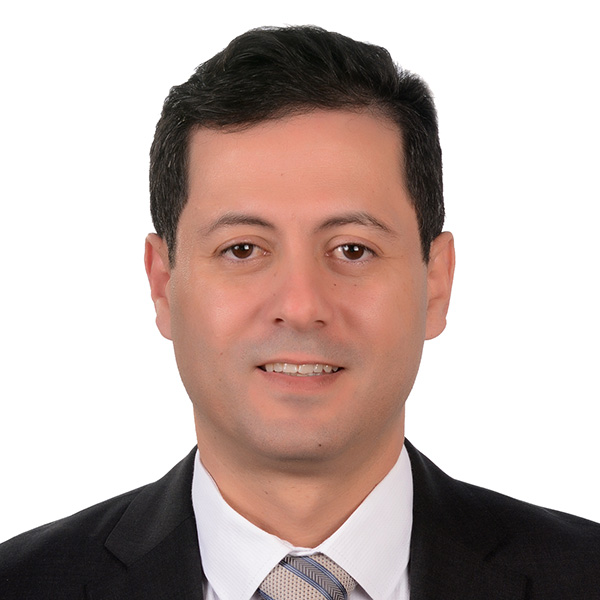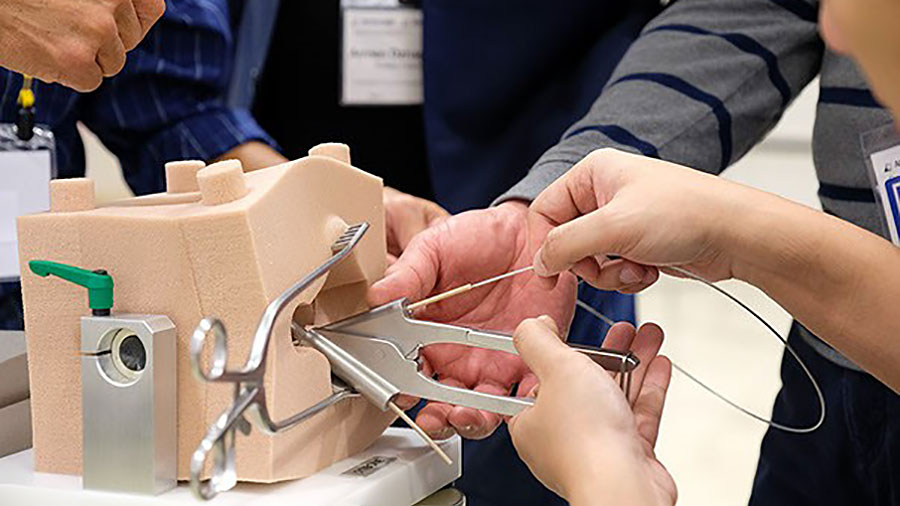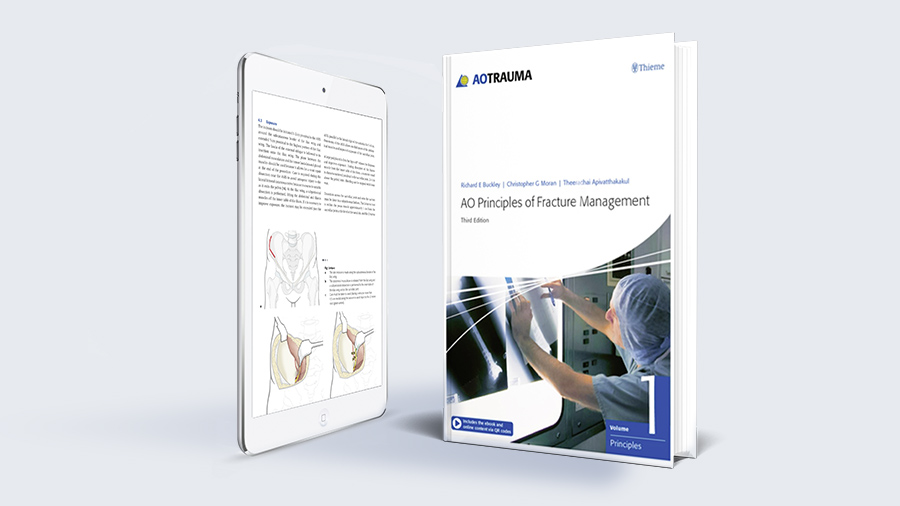Periprosthetic fractures curriculum
Periprosthetic fractures education taskforce
The periposthetic fractures education committee is a group of experts who build and continously improve our educational program. It consists of international program editors (IPEs) from orthopedic trauma and reconstructive surgery.

Matthew Camuso (USA)
Term: 2025–2027

Raed Al-Zaben (JO)
Term: 2024–2026

Luigi Zagra (IT)
Term: 2016–

Gijs van Hellemondt (NL)
Term: 2016–
Regional Program Contributors (RPCs)
Asia Pacific
Sameer Aggarwal (India)
Europe and Southern Africa
Bernd Füchtmeier (Germany)
Middle East and Northern Africa
Khalid Alzahrani (Saudi Arabia)
Latin America
Javier del Rio (Chile)
North America
Brandon Yuan (USA)
AO Curriculum Development Manager:
Past taskforce members
-
Past IPEs
Roger Bingham (Australia), 2022–2024
Vincenzo Giordano (Brazil), 2020–2023
Karl Stoffel (Switzerland), 2016–2021
Mark Reilly (USA), 2016–2019 -
Past RPCsSeung-Jae Lim (South Korea)
Ionut Caracudovici (Belgium)
Michael Blankstein (USA)
Daniel Schweitzer (Chile)
Vincenzo Giordano (Brazil)
Fouad Zamel Sadek (Egypt)
Toru Sato (Japan)
Derek Donegan (USA)
Raed Al Zaben (Jordan)
Program description

The periprosthetic fracture management course addresses both fracture fixation and revision arthroplasty and is targeted at senior, experienced consultant (practicing) surgeons.
The course consists of eight modules:
- General principles
- Revision arthroplasty around the hip
- Revision around the knee
- Fracture fixation with implant retention
- Other periprosthetic fractures
- Complications
- Patient journey
- Practical exercises
It is delivered through short lectures and case-based lectures, small group discussions, and simulation. The simulated procedures for both fixation and revision can be conducted with anatomical specimens or with exercises on dry bones.
Event defined in the curriculum
AO Trauma/AO Recon Course—Comprehensive Periprosthetic Fracture Management of the Hip and Knee
Target audience
Senior, experienced (more than 5 years) consultant/practicing surgeons:
> General orthopedic surgeons
> Fracture specialists
> Arthroplasty specialists
> Surgeons experienced with both trauma and arthroplasty
Resources for faculty
Already a faculty member? Explore resources supporting your teaching activities.
Resources
Courses and webinars
Explore our database and search for events on specific topics.
Competencies

The curriculum is based upon 8 competencies:
- Recognize the challenges of periprosthetic fracture management
- Explain the indications for internal fixation and revision arthroplasty (including intraoperative fractures)
- Apply techniques of internal fixation
- Apply techniques of revision arthroplasty
- Manage the patient with a periprosthetic fracture from a medical and orthogeriatric point of view
- Prevent and treat complications
- Follow up with the patient and optimize patient satisfaction
- Analyze treatment failures and recognize possible pitfalls in treatment
What does competency-based curriculum development mean?
Contacts

To address feedback or questions to this education committee, email the Curriculum Development Manager Michael Cunningham.


